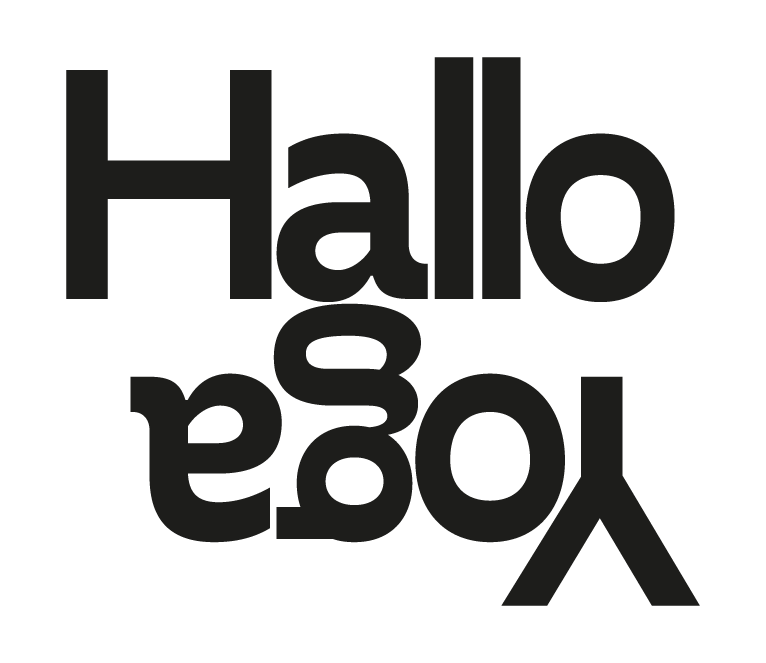ABOUT ME +
MY JOURNEY TO YOGA

My yoga journey began due to severe back pain, which left me unable to walk or stand comfortably, resulting in chronic pain. This challenging experience led me to Iyengar Yoga. The methodical use of props and disciplined practice helped me regain mobility and rebuild trust in my body. I became a certified Iyengar Yoga teacher in Vancouver, Canada, and am thrilled to bring my practice and teachings to Bern, Switzerland.
I believe yoga offers profound benefits that are deeply personal. For me, it goes beyond flexibility and physical fitness—it's about the connection between mind, body, and soul. Known for my methodical, passionate, and supportive teaching style, I encourage students to explore their potential, listen to their bodies, and experience the transformative power of being present through a consistent personal practice.
After a decade of practicing Yoga, I continue to deepen my knowledge, through regular study with senior teachers.


